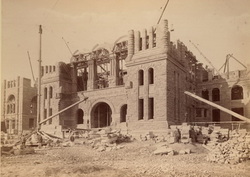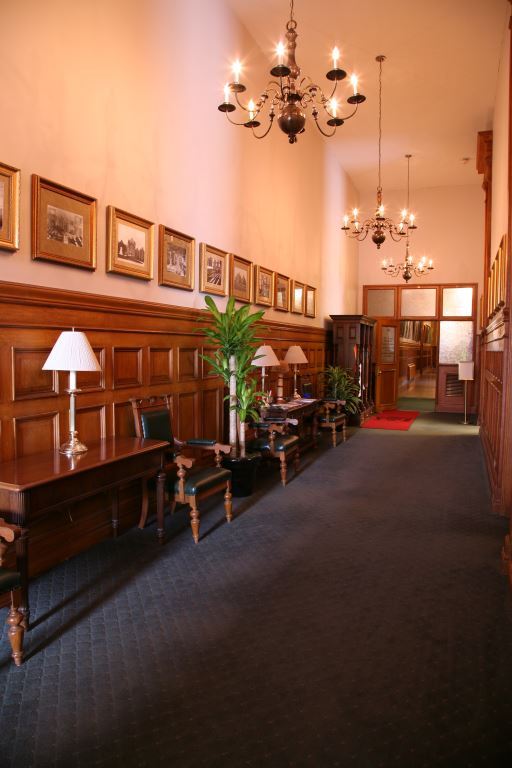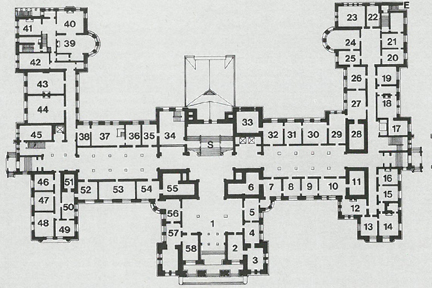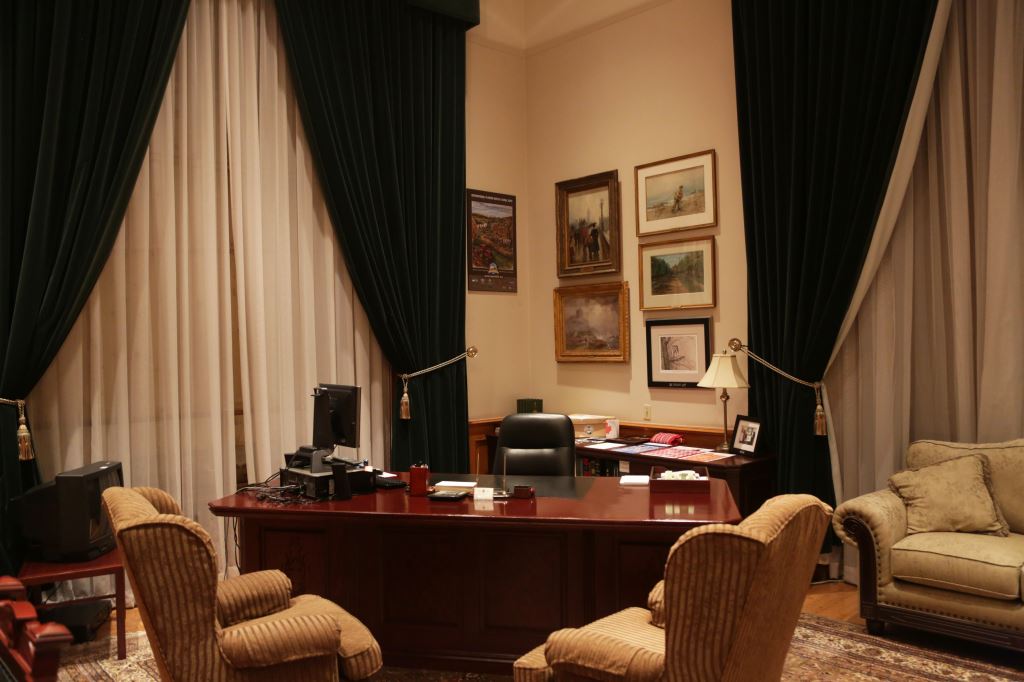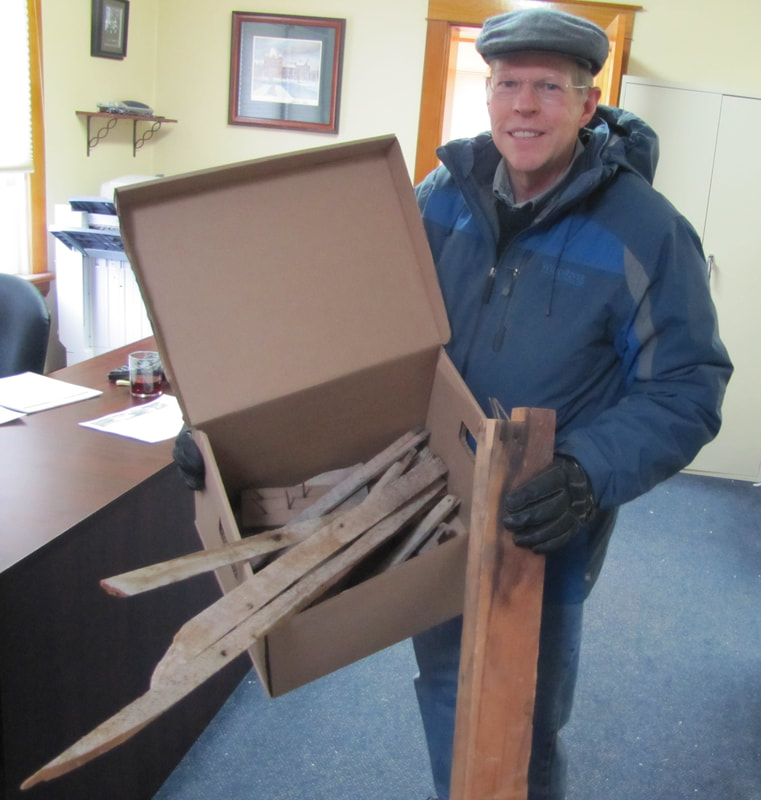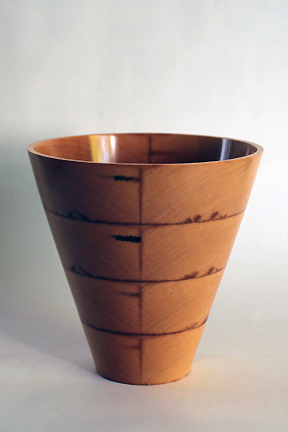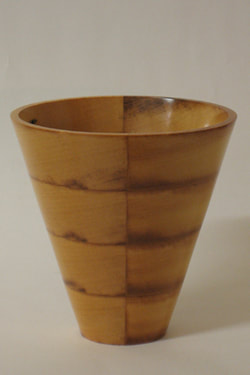The Wood from Queen's Park
|
The Story
On July 1, 1867, Ontario joined Confederation. Toronto was chosen as the capital of the new province. Ontario's legislative assembly took over the old home of the former House of Assembly for the Province of Canada. By 1880, Ontario started seeking designs for a new parliament building. In 1885, a budget was set and in 1886 construction commenced. The Ontario Legislative Building was offically opened on the fourth of April, 1893. From Wikipedia, the free encyclopedia: "The Ontario Legislative Building is an asymmetrical, five storey structure built in the Richardsonian Romanesque style, with a load-bearing iron frame. This is clad inside and out in Canadian materials where possible; the 10.5 million bricks were made by inmates of the Central Prison, and the Ontario sandstone—with a pink-hue that has earned the building the colloquial name of The Pink Palace — comes from the Credit River valley and Orangeville, Ontario." More on the description of the Ontario Legislative Building can be found here.
Ontarians today tend to call the Ontario Legislative Buildings, Queen's Park. In actual fact, Queen's Park is the land that the buildings are situated on. Interestingly enough, the land belongs to the University of Toronto and is leased to the government at a dollar a year on a 999 year lease. The Office of the Speaker is located at the end of the east wing of the legislature building. The Speaker presides over the debates in the Chamber, and is responsible for the policy and operations of the Legislative Assembly. Here are some official pictures from the Speaker's Office: |
|
|
The floor plan on the left is from 1893. The Speaker's Office at that time was in 39, 40 and 41. The office now is in 11, 12, 13, 14, 15 and 16. In 1893, this block of rooms was the Crown Land Dept.
|
From Jim's Notes
Wood is difficult to get from Queen's Park as any wood taken out of the Legislature is kept and catalogued for future use. In 2012 I was contacted by the office of the Speaker for Ontario and informed that some wood was available through some very unusual circumstances.
Wood is difficult to get from Queen's Park as any wood taken out of the Legislature is kept and catalogued for future use. In 2012 I was contacted by the office of the Speaker for Ontario and informed that some wood was available through some very unusual circumstances.
|
The first piece then became "Mr. Speaker...". I was able to arrive at a date of circa 1920. This was through a study of the sizes of 2x4s over the years and what wood they were. I also studied the evolution of square nails and this helped to narrow down the possible time.
|
It seems that not all contractors are conscientious about keeping and cataloguing the wood. In 2012 the Speaker's washroom was renovated. In the process of removing material from the walls and ceiling an attic type room was discovered and the debris from a previous renovation was lodged there. As there was no record of this wood, it was made available to me. I picked it up at my MPP's office in Orangeville.
I figured that there was enough wood for 4 pieces if I was careful. The first piece was ready in August of 2012. I had come up with the names for all four pieces and these were:
"Mr. Speaker..." "...I have a question..." "...regarding the speech..." "...from the throne." The next piece which will be the first one that I will use for History in the Making will also be from this pine 2x4. The third piece will be from the lathing and the fourth from whatever is left over.
This is the second piece so I called it "...I have a question...", naturally. |
